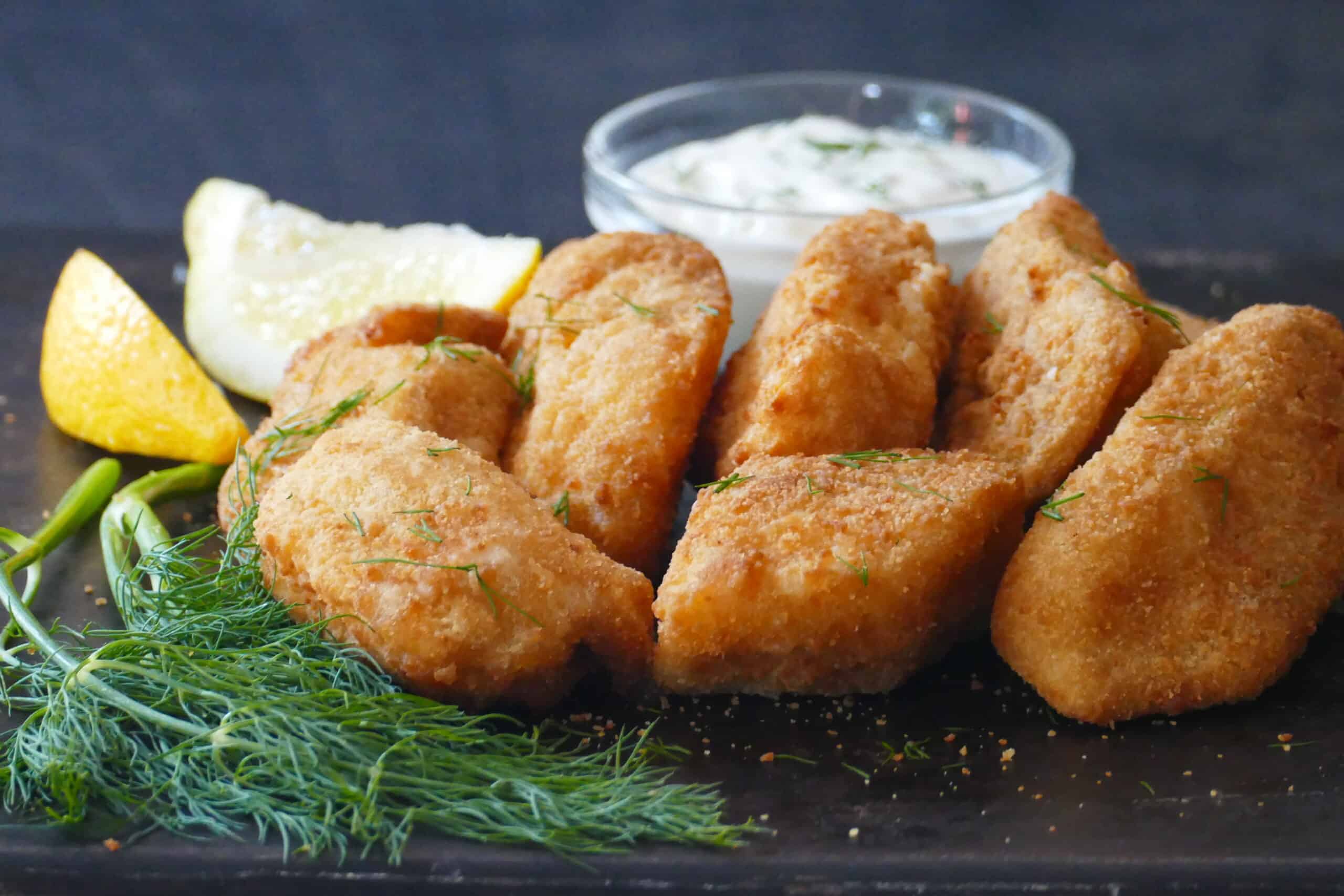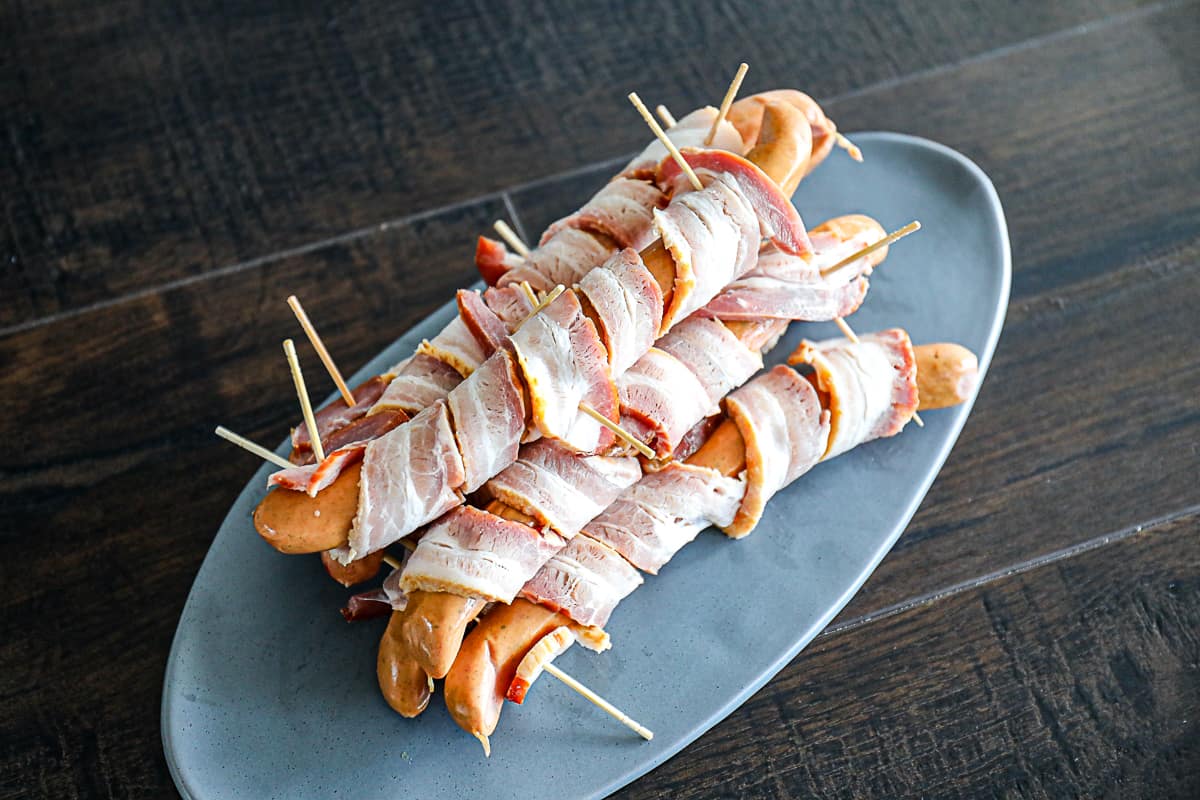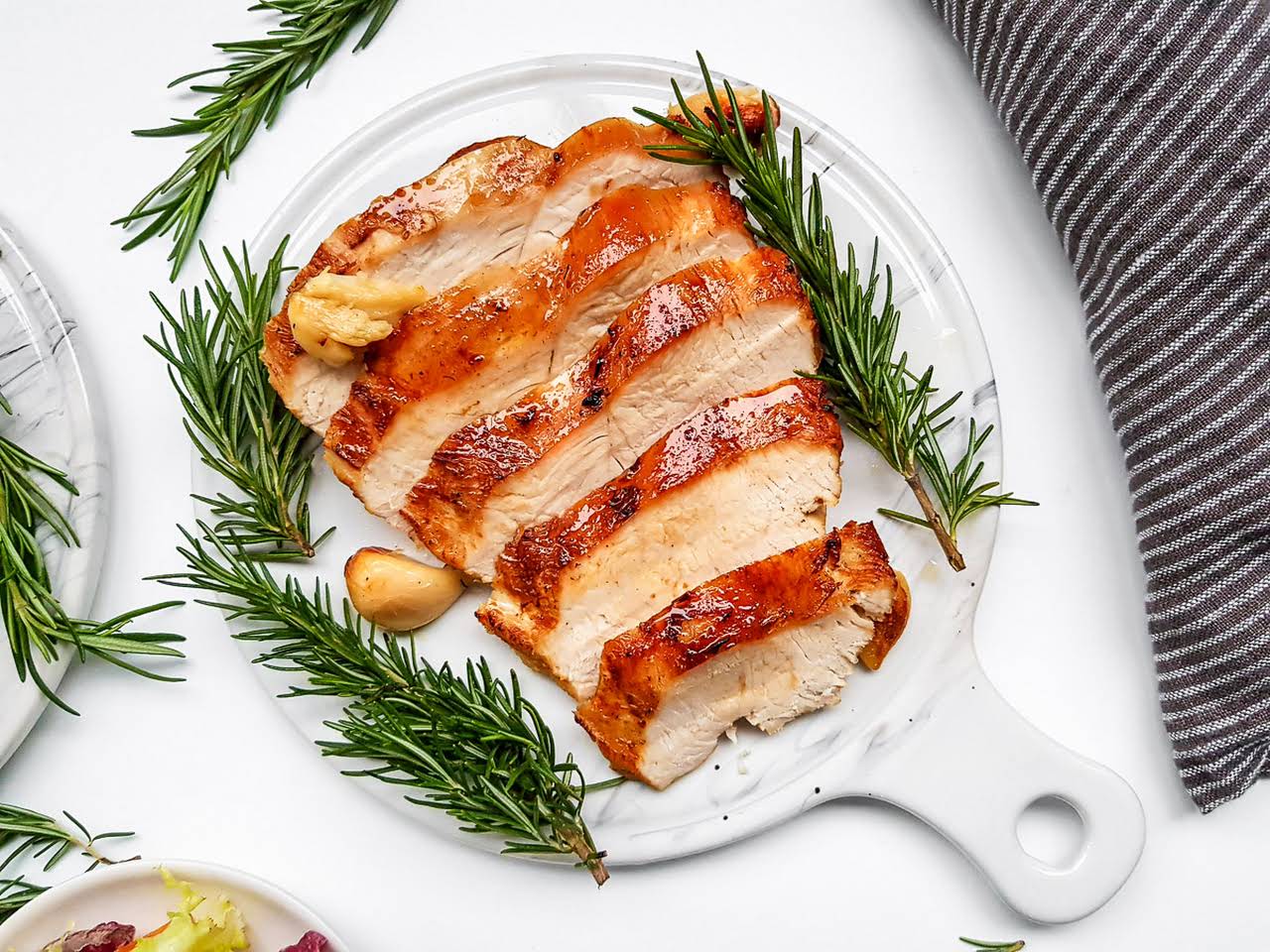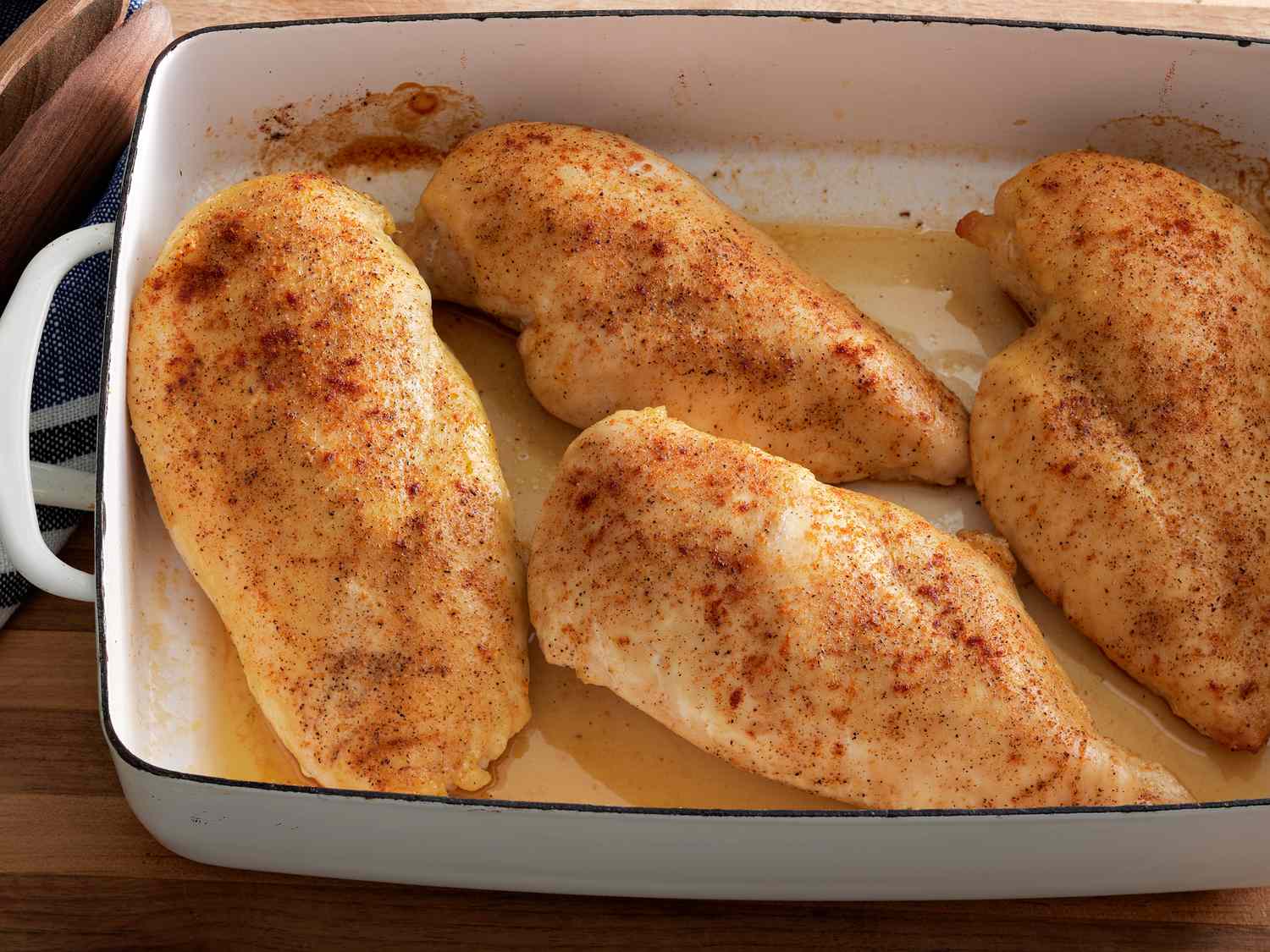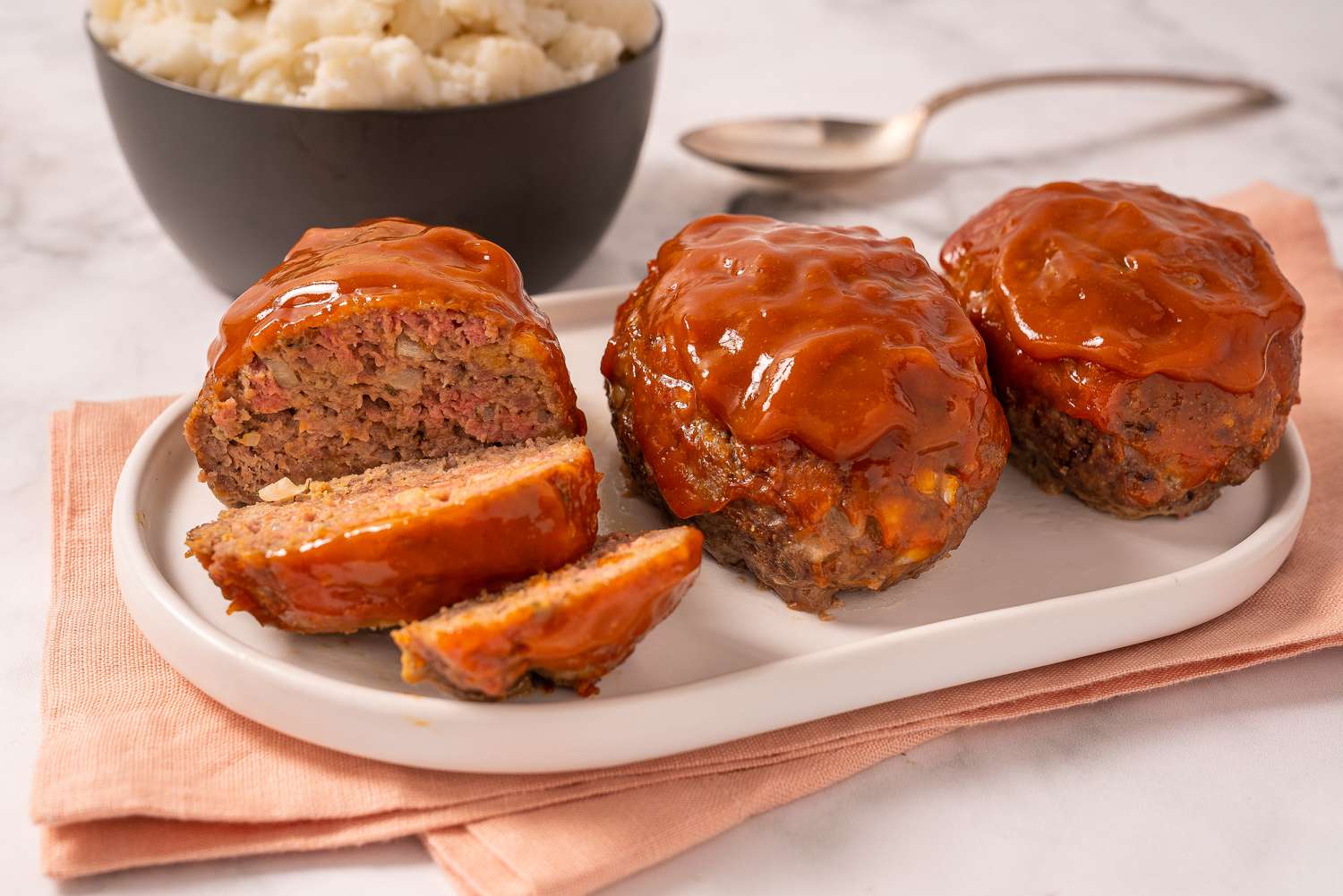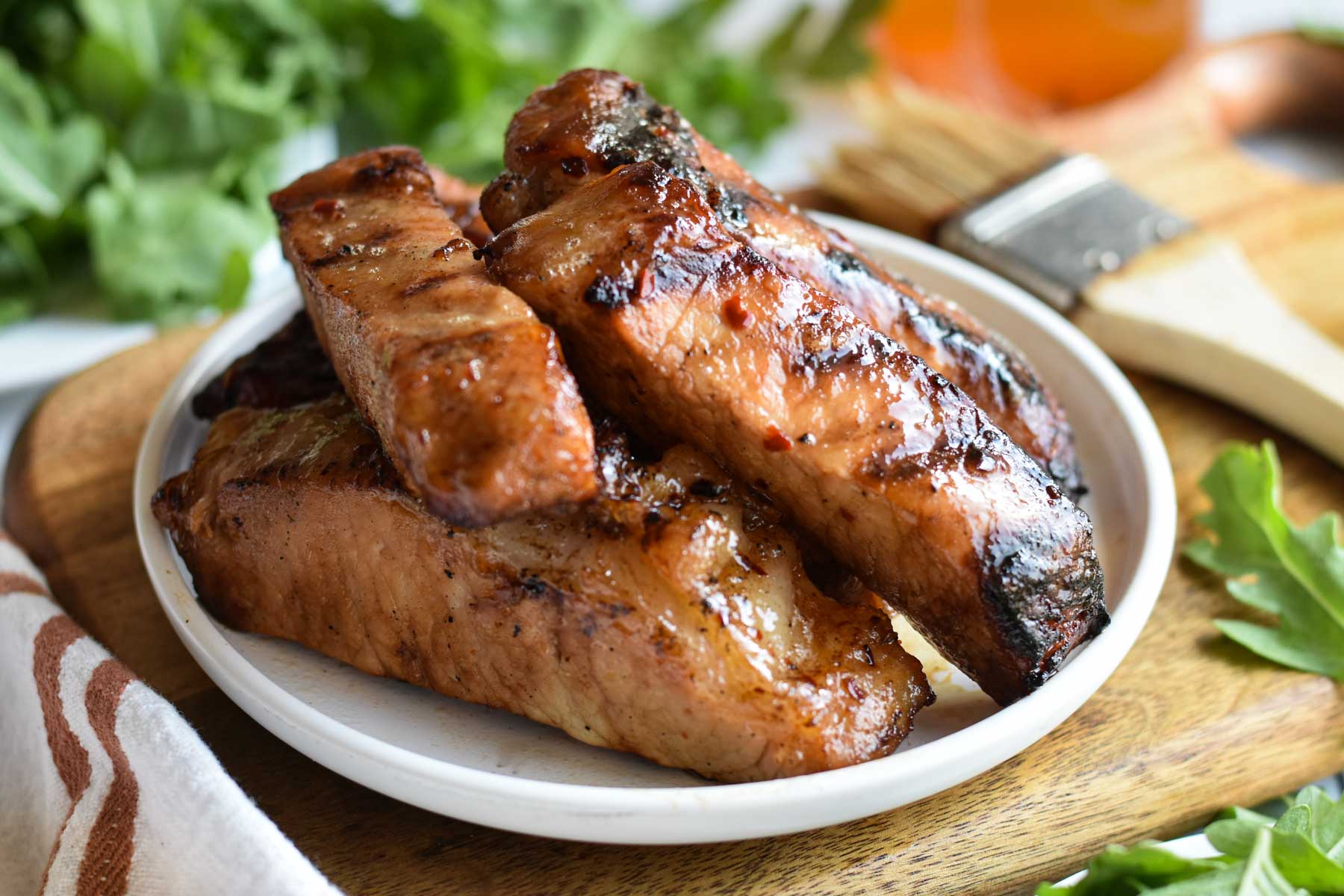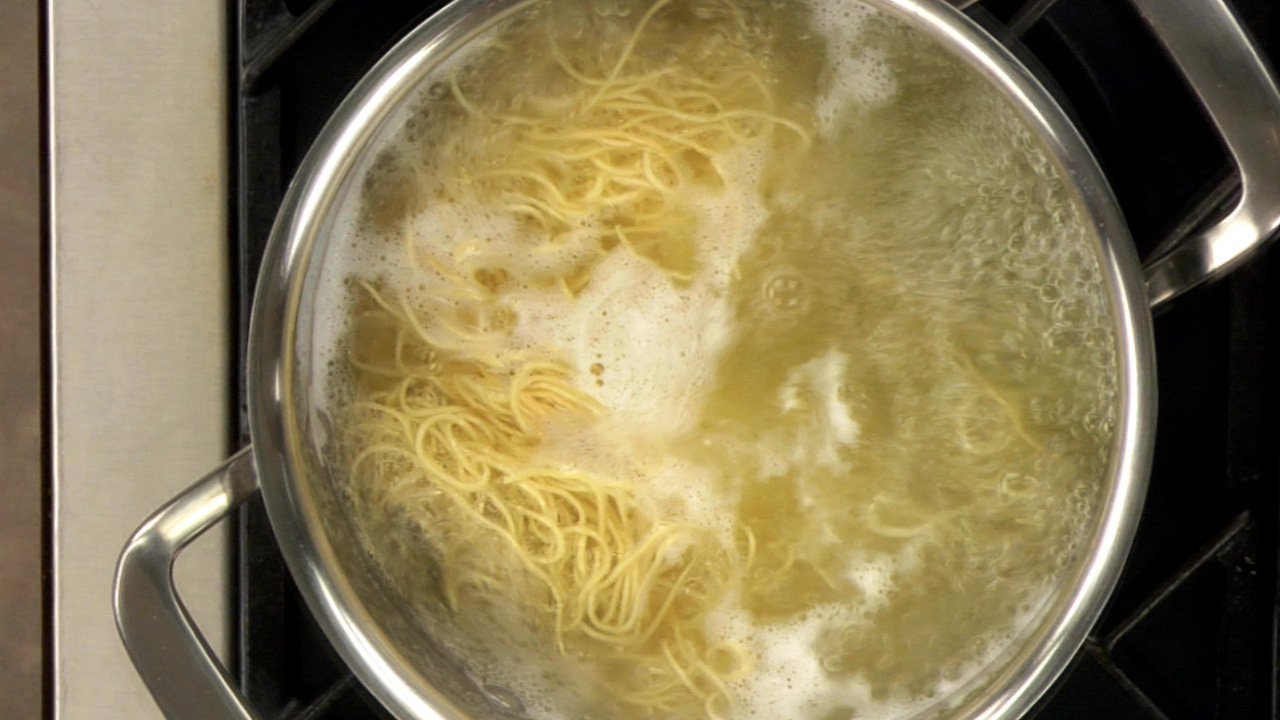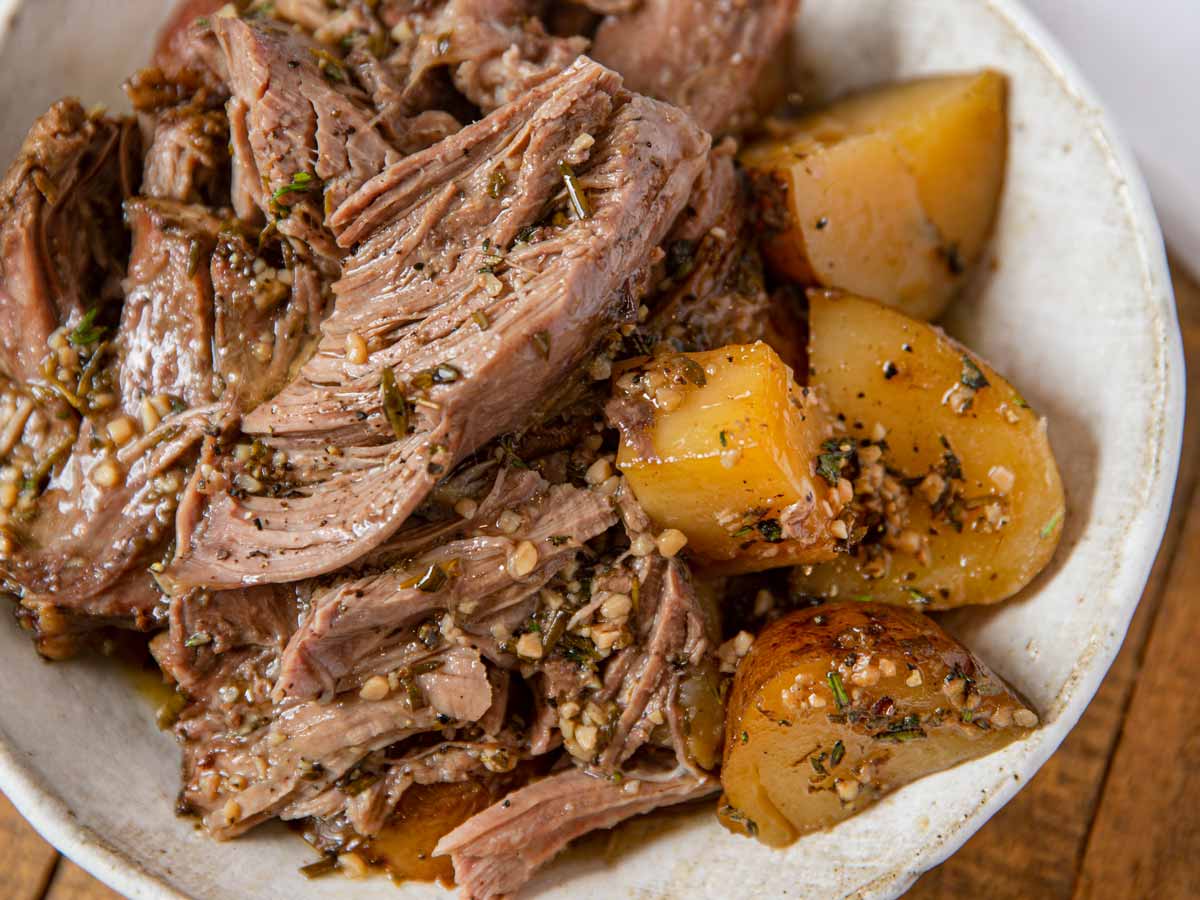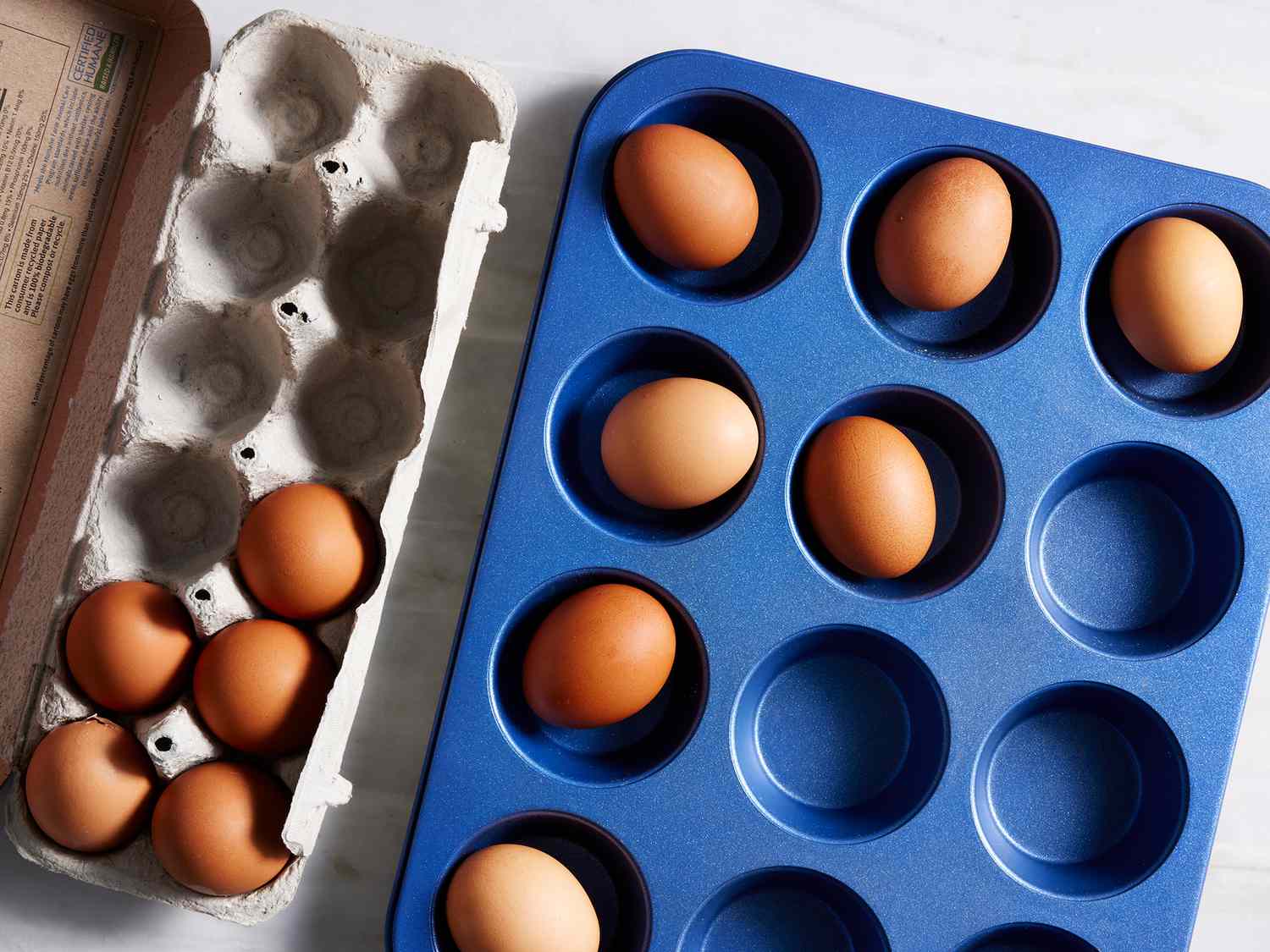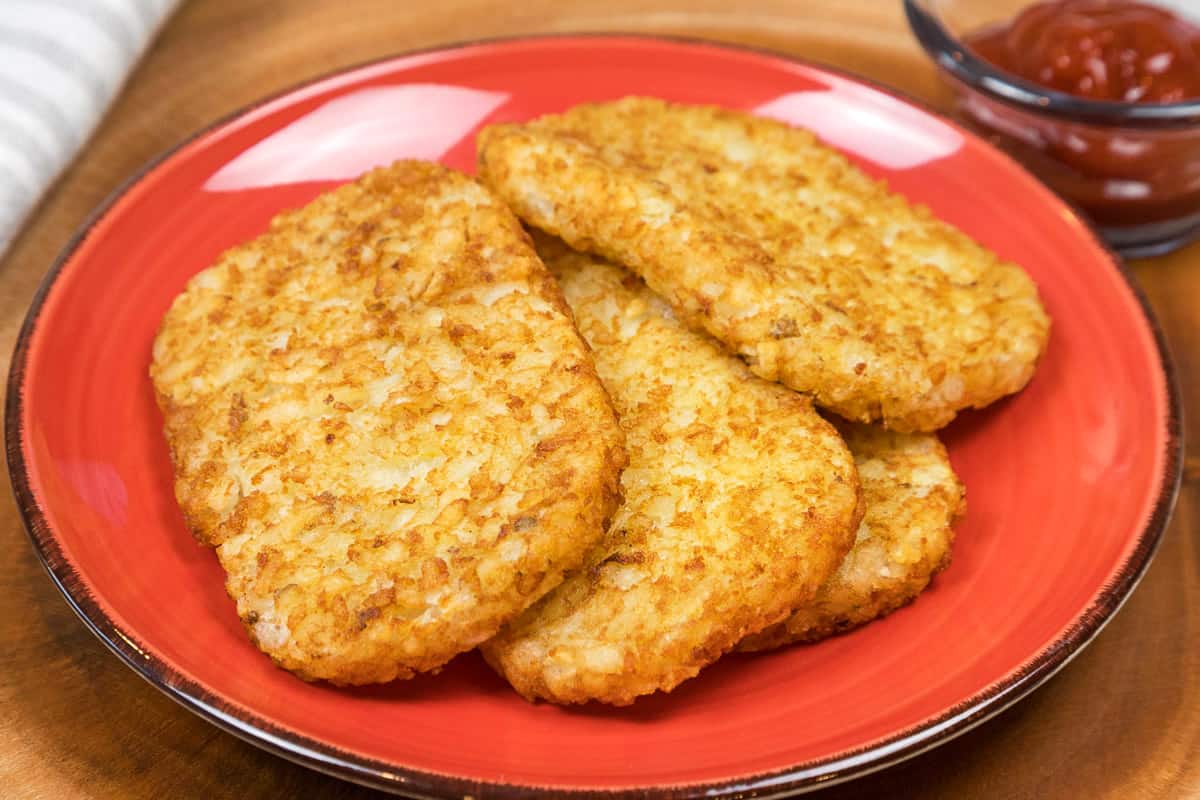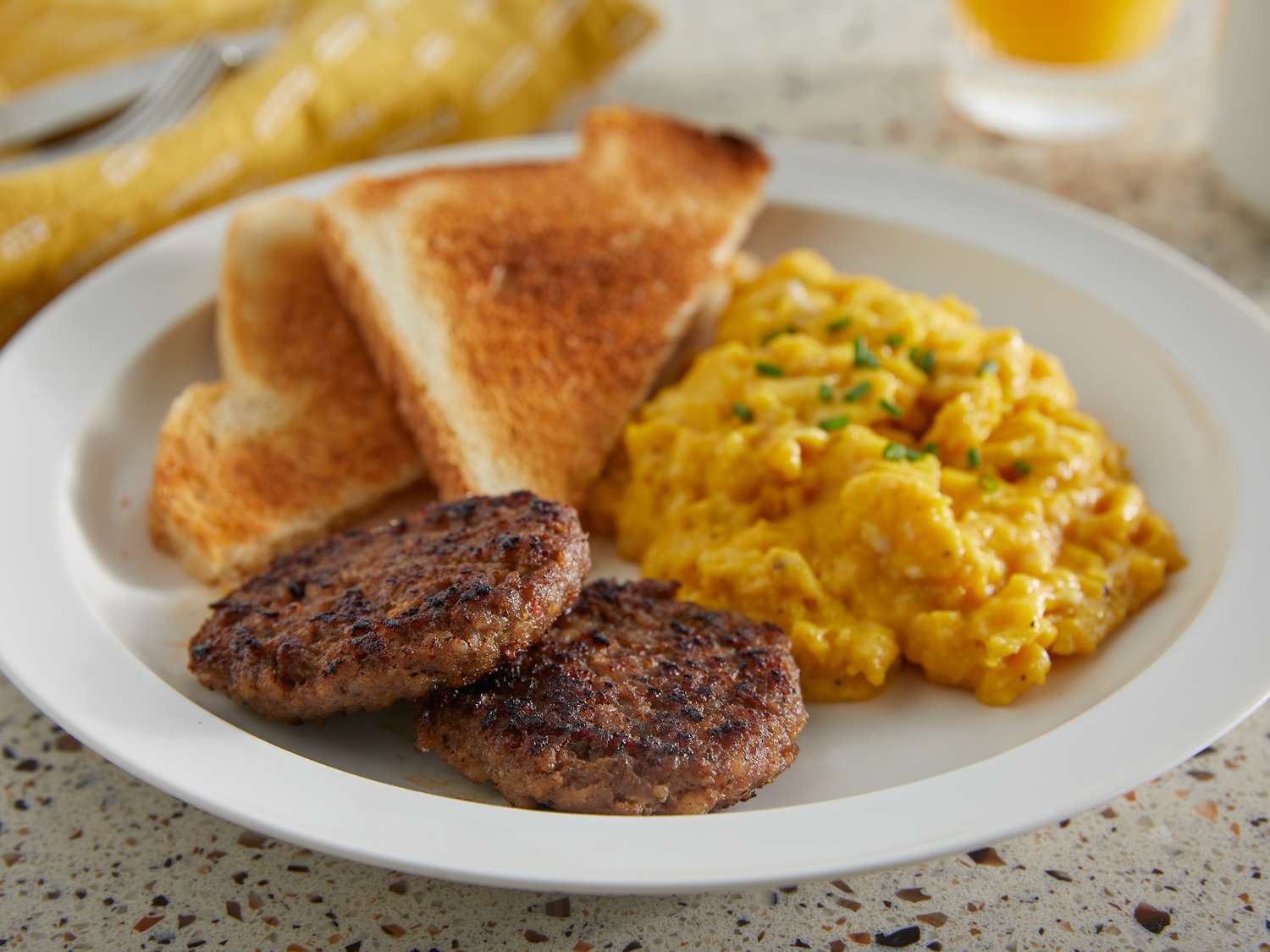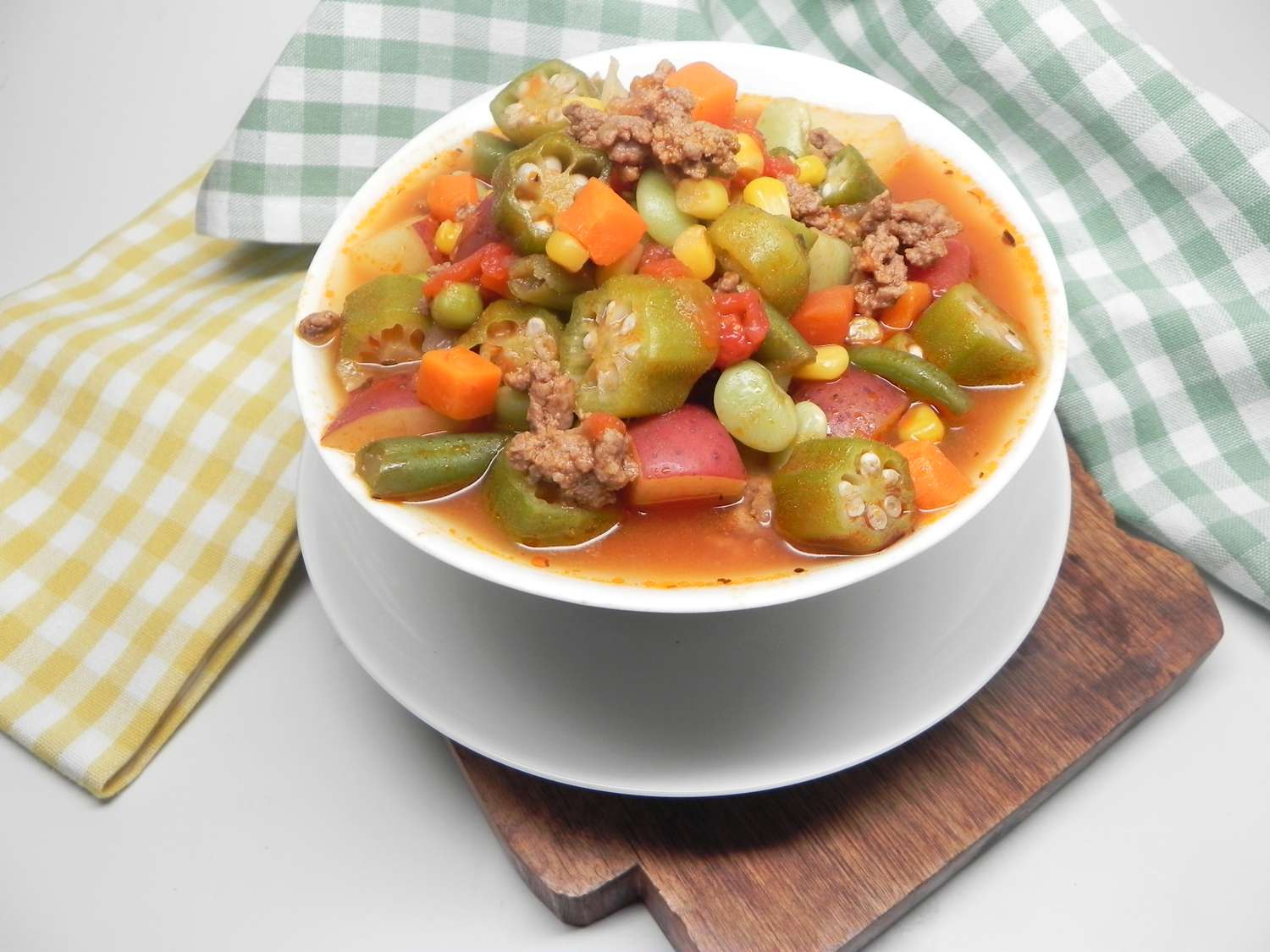Master the Art of Cooking Perfect Spaghetti Pasta
Welcome to our culinary journey where we will guide you through the art of cooking perfect spaghetti pasta. Whether you’re a novice in the kitchen or an experienced chef, these simple steps will help you create a delicious and satisfying spaghetti dish that will impress your friends and family.
Follow our step-by-step guide below to learn how to cook pasta spaghetti like a pro:
1. Choose the Right Type of Spaghetti
Before embarking on your spaghetti adventure, it’s important to choose the right type of spaghetti for your dish. There are various options available in the market, such as thin spaghetti, whole wheat spaghetti, or gluten-free spaghetti. Select the one that suits your taste preferences and dietary needs.
2. Boiling the Pasta
Bring a large pot of salted water to a rolling boil. Adding a generous amount of salt will enhance the flavor of the pasta. Once the water is boiling, carefully add the spaghetti into the pot. Stir occasionally to prevent sticking.
3. Cooking Time
Refer to the instructions on the pasta package for the recommended cooking time. Stir the spaghetti occasionally during cooking to ensure even doneness. Keep in mind that al dente spaghetti, where the pasta is cooked but still firm to the bite, is the preferred texture.
4. Testing for Doneness
To test if the spaghetti is cooked to perfection, take a small piece and taste it. If it’s tender but still slightly firm, it’s ready. Avoid overcooking the pasta as it can become mushy.
5. Draining the Pasta
Once the spaghetti is cooked to your desired texture, turn off the heat and carefully drain the pasta using a colander or strainer. Shake off any excess water, but do not rinse the spaghetti. Rinsing removes the starch that helps the sauce adhere to the pasta.
6. Sauce it Up!
Now comes the fun part – saucing your spaghetti! Heat your preferred sauce in a separate pan and then add the drained spaghetti into the pan. Toss gently to coat the pasta evenly with the sauce. This allows the flavors to mingle and ensures a well-balanced dish.
7. Serving and Garnishing
Once the spaghetti is coated in the sauce, transfer it to serving bowls or plates. You can garnish it with fresh herbs like basil or parsley, and feel free to add grated Parmesan cheese for an extra burst of flavor.
8. Enjoy Your Homemade Spaghetti Pasta
Now that your masterpiece is complete, it’s time to sit back, relax, and savor each mouthful of your delicious homemade spaghetti pasta. Serve it alongside a garden salad or garlic bread for a complete and satisfying meal.
Practice makes perfect, so don’t be discouraged if your first attempt isn’t flawless. With time and experience, you’ll develop your own style and perfect your spaghetti cooking skills. Now, armed with these valuable tips, you have all the knowledge needed to cook mouthwatering spaghetti pasta. Bon appétit!
Was this page helpful?
Read Next: How To Cook Smoked Pork
